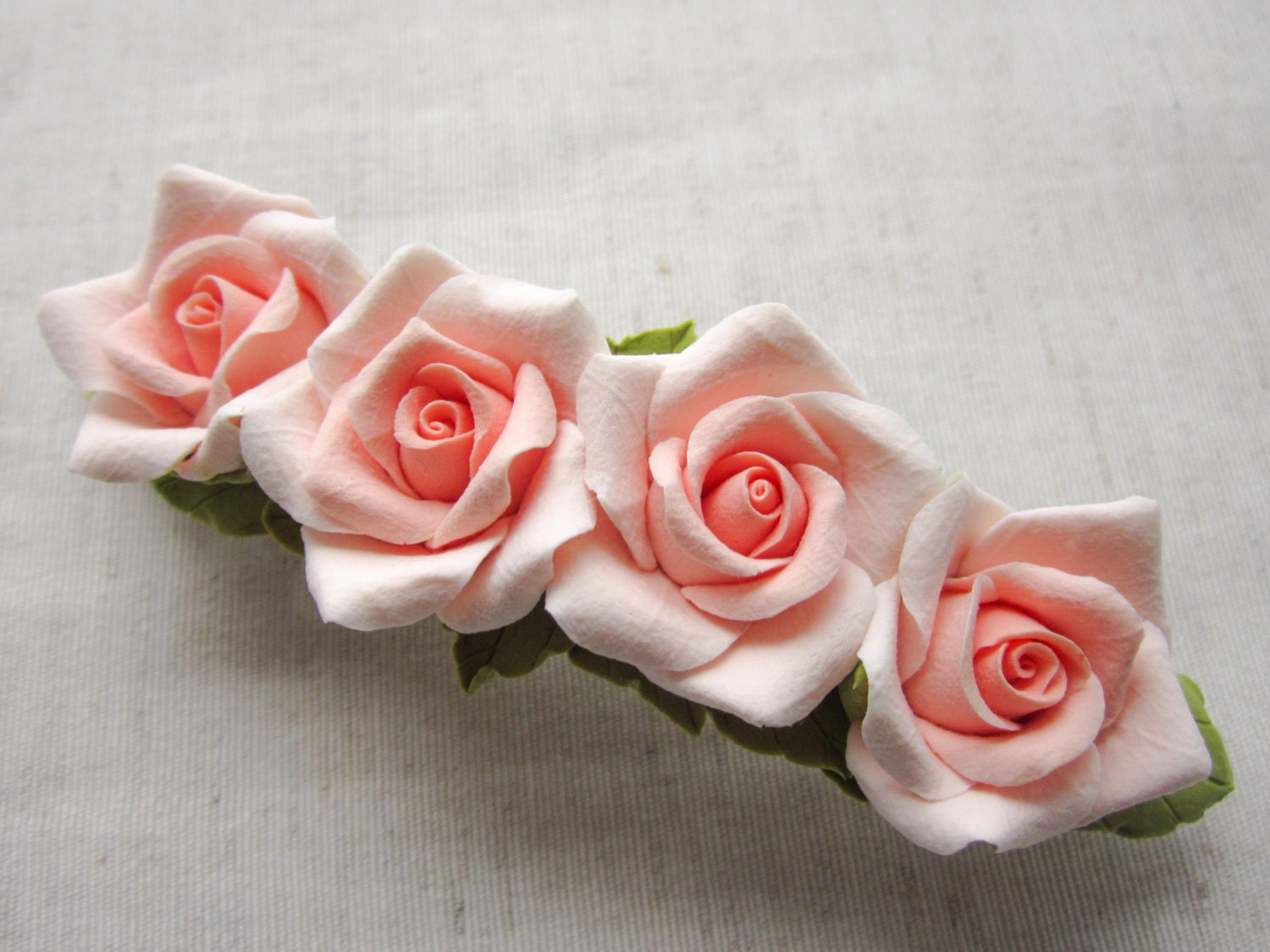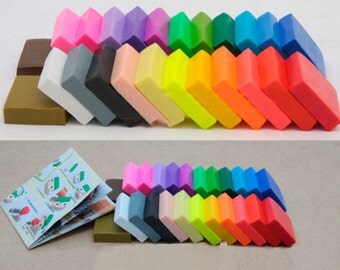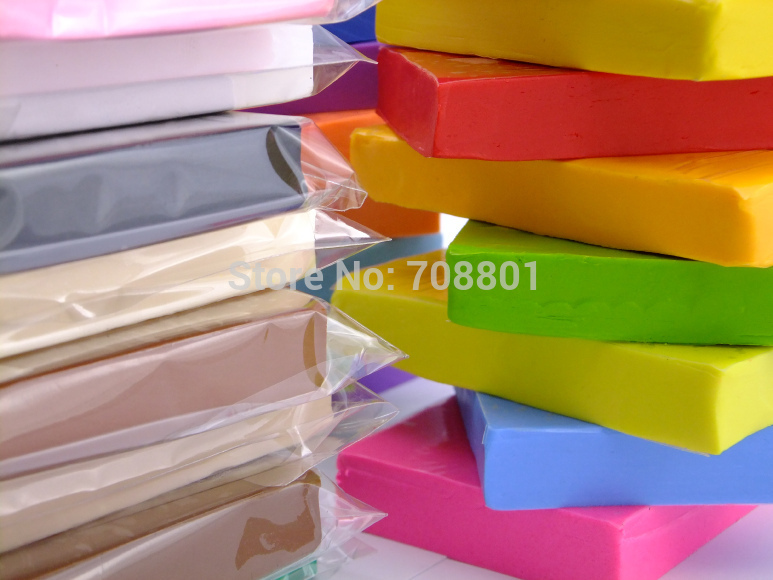So... what exactly is polymer clay?
This is simply some background information about Polymer clay such as the history, etc. (The history gets quite boring... so its all right if you skip it but I suggest reading the "Avoid Head, Leaching and Dust" as it is quite useful.)
Polymer clay is a type of hard-enable modeling clay that can be used to model and make basically anything you wish. It is a clay that never air dries and this type of clay only becomes rock hard after you bake it. Polymer clay comes in many different colors ranging from the ordinary blues, yellows, and reds to much more exotic colors.
Avoid Heat, Leaching and Dust
1. Heat: When polymer clay is stored in a hot and humid environment, this will cause the clay to bake partially resulting in a crumbly clay that is unusable.
2. Leaching: Polymer clay contains oils that keep it moist but if the clay is placed on top of a surface with spaces or holes, this can rid the clay of the oils that is needed.
3. Dust: Dust and dirt can settle on the top layer of polymer clay which leaves many marks that cannot be removed from the clay unless the whole top layer of the clay is cut off. Some popular brands of polymer clay include Fimo, Sculpey, Prosculpt and more.
 |
| These cupcakes look delicious! |
 |
| This is one stunning rose clip! |
Polymer clay is fun to play with and can be used to express ideas, mood, etc. They are easy to mold and are similar to the play-dough you have played with as a young child. You can create anything you want out of polymer clay depending on your mood, wants and basically anything. While some people choose to make figurines, dolls and animals other use polymer clay to make charms, bracelets, necklaces and more. The possibilities are endless! Experiment with the clay and let your fingers do the work!
History of Polymer Clay
Polymer clay was first created in the late 1930s in Germany when a woman named Fifi Rebhinder needed a better type of clay in order to make day heads. The formula she used to create the clay was then sold to Eberhard Faber who then used the formula to develop Fimo. This a wide-known brand of Polymer clay we have today!
In Italy around the same time, Monica Resta used another form of clay called LIMMO which was then manufactured by a German company. The German company might have belonged to Rudolf Reiser who was the creator of Formello and Modello.
Polymer clay appeared in America in the early 1970s when the Shaup family immigrated to the United States from Germany and received a Christmas package from their ground mother back in Germany. The package consisted of Fimo and Mrs. Shaup began using the clay to create oprnaments, figures and more. After a while, neighbors and friends began asking her where she had bought the clay. Mr. Shaup who was unemployed at that time saw this as a business opportunity and began to import Fimo from Germany. In 1975, Accent Import also began to import Fimo as its popularity spread in the United States.
 |
| I really like that light lavender color. How about you? |
While this was going on, a product called polyform was created in the 1960s meant for business purposes. However, this was a fail and a visitor used the product to model a figure. It was then baked and to everyone's surprise, it lead to the creation of another popular polymer clay brand: Sculpey.
By the 1980s, polymer clay was very popular and different colors of polymer clay was being produced. Before that, artists used ground chalk and Tempera colors to decorate their clay.
The Segals was a family liked polymer clay and taught a lot of people about it. They approached the Sculpey company and suggested that they should make a high quality American clay that consisted of more intense colors and a do-everything formula. Their suggestion was taken into account and from this, Premo was born. Sculpey, Premo and Fimo are three very popular brands of polymer clay used by many everyday people.
(I have also just started polymer clay so I am far from an expert and I have my fair share of research to do. A lot of the information was found on the internet so I give them credit for all their work: I simply rephrased many things in order to make them easier to understand.)

No comments:
Post a Comment